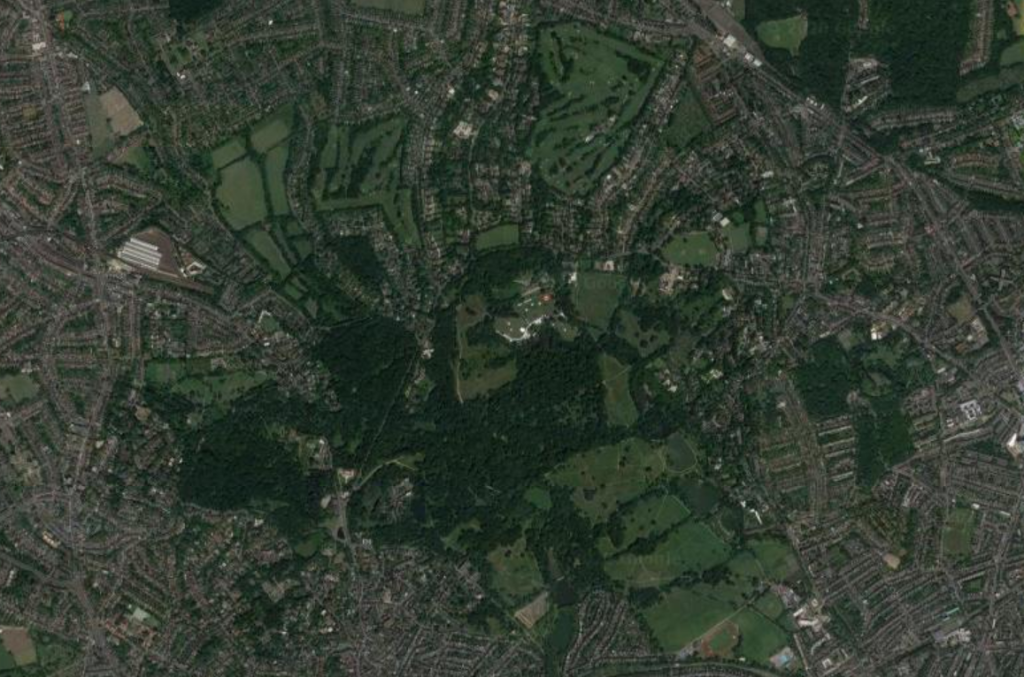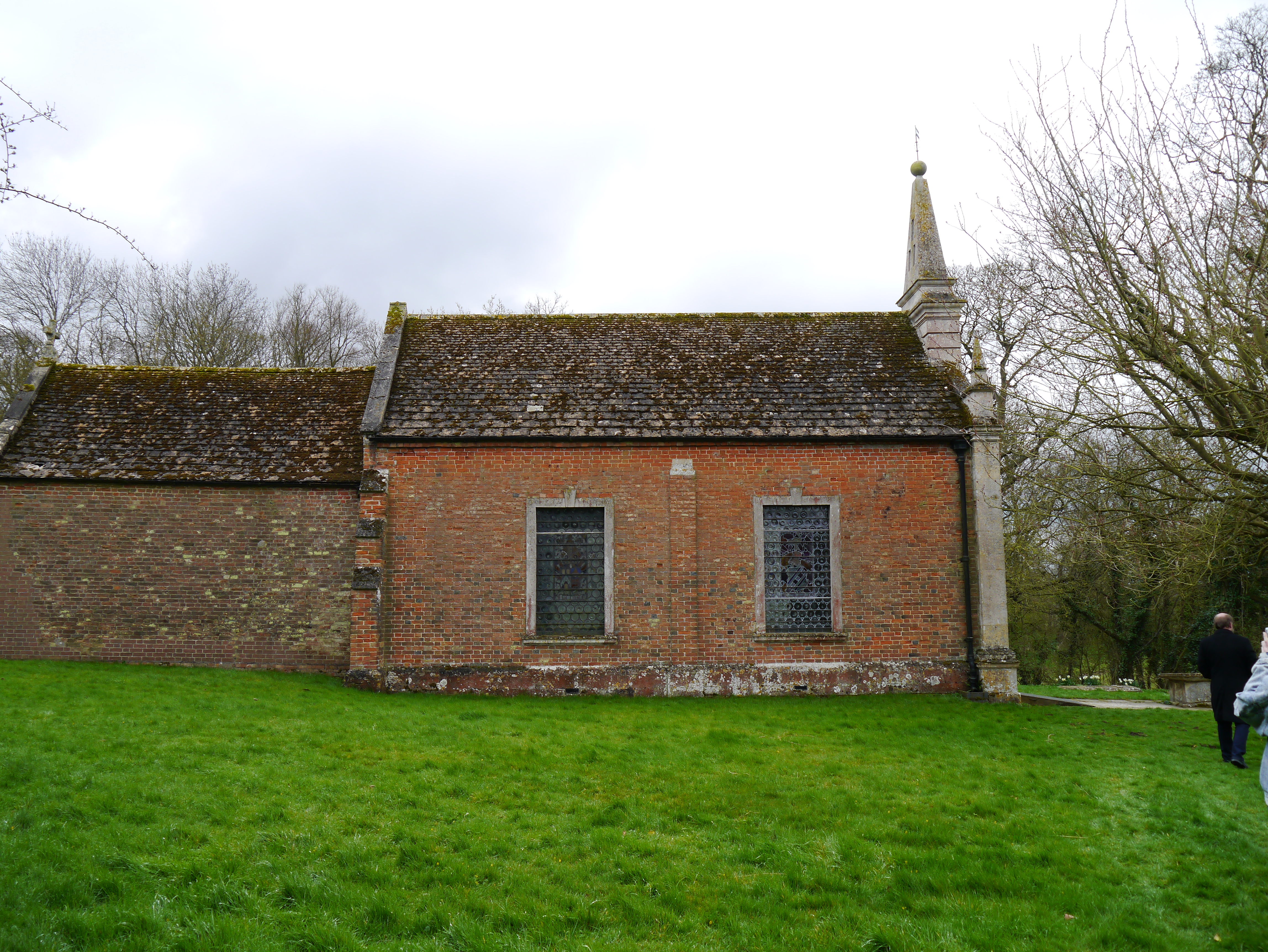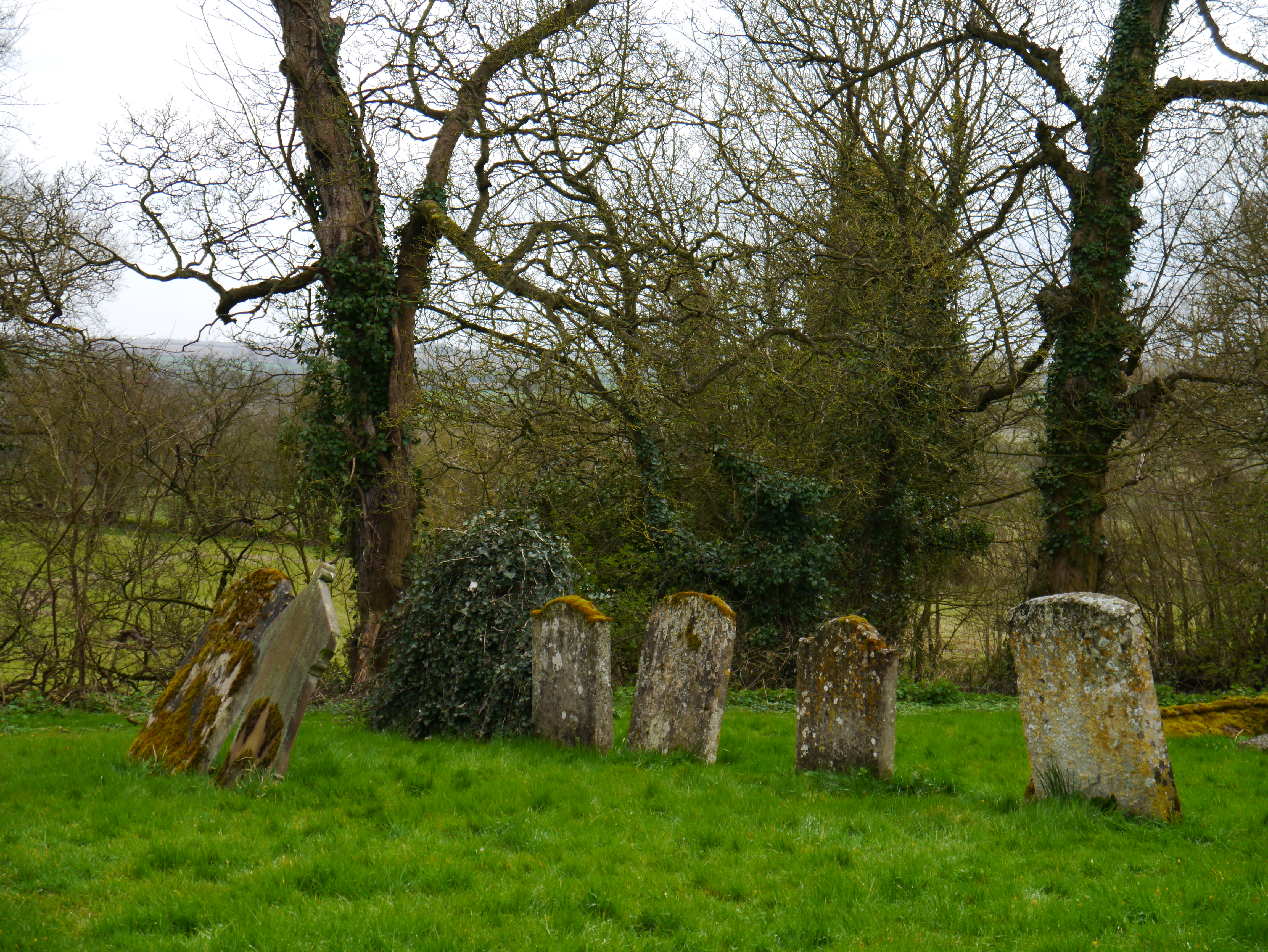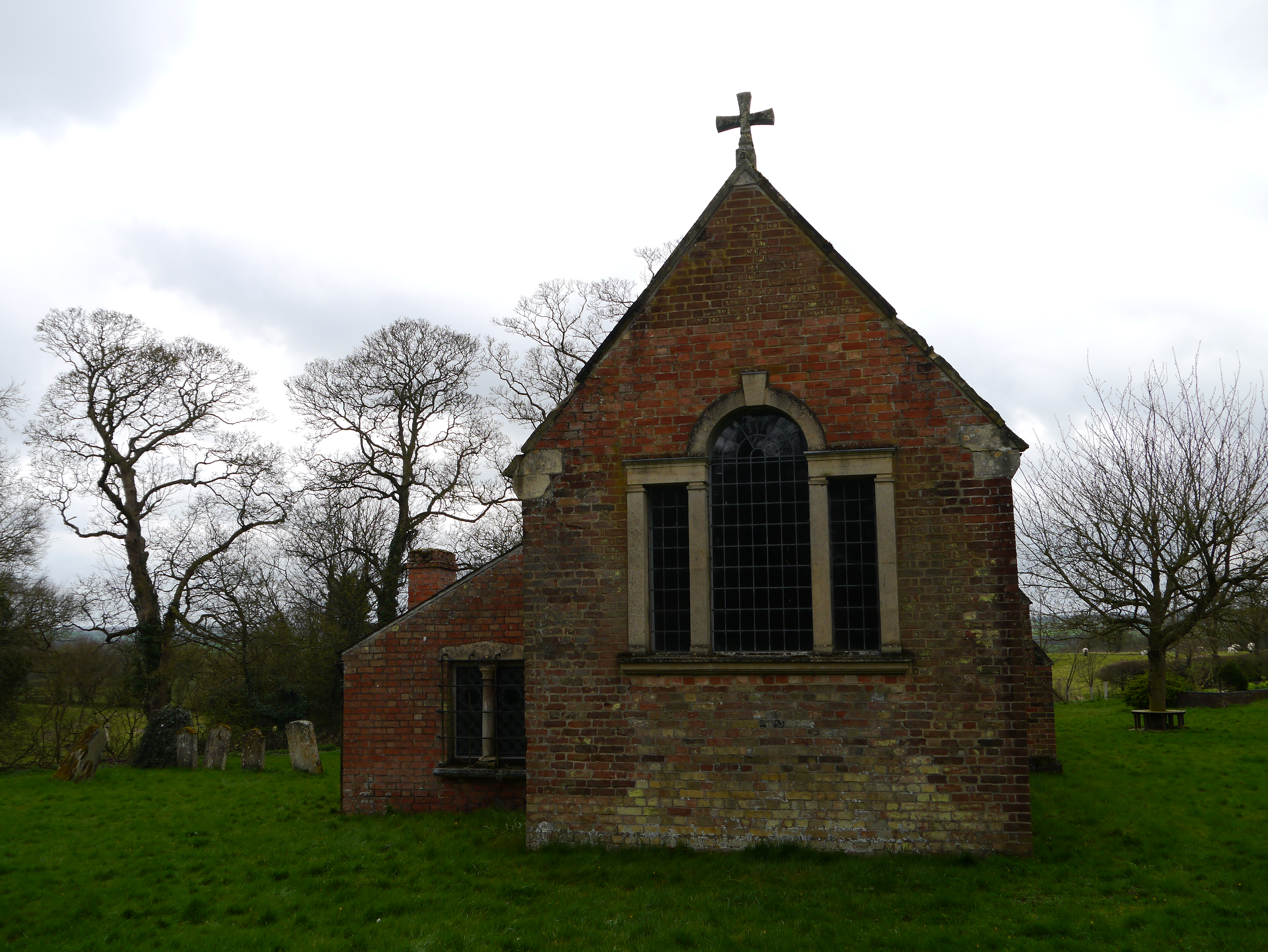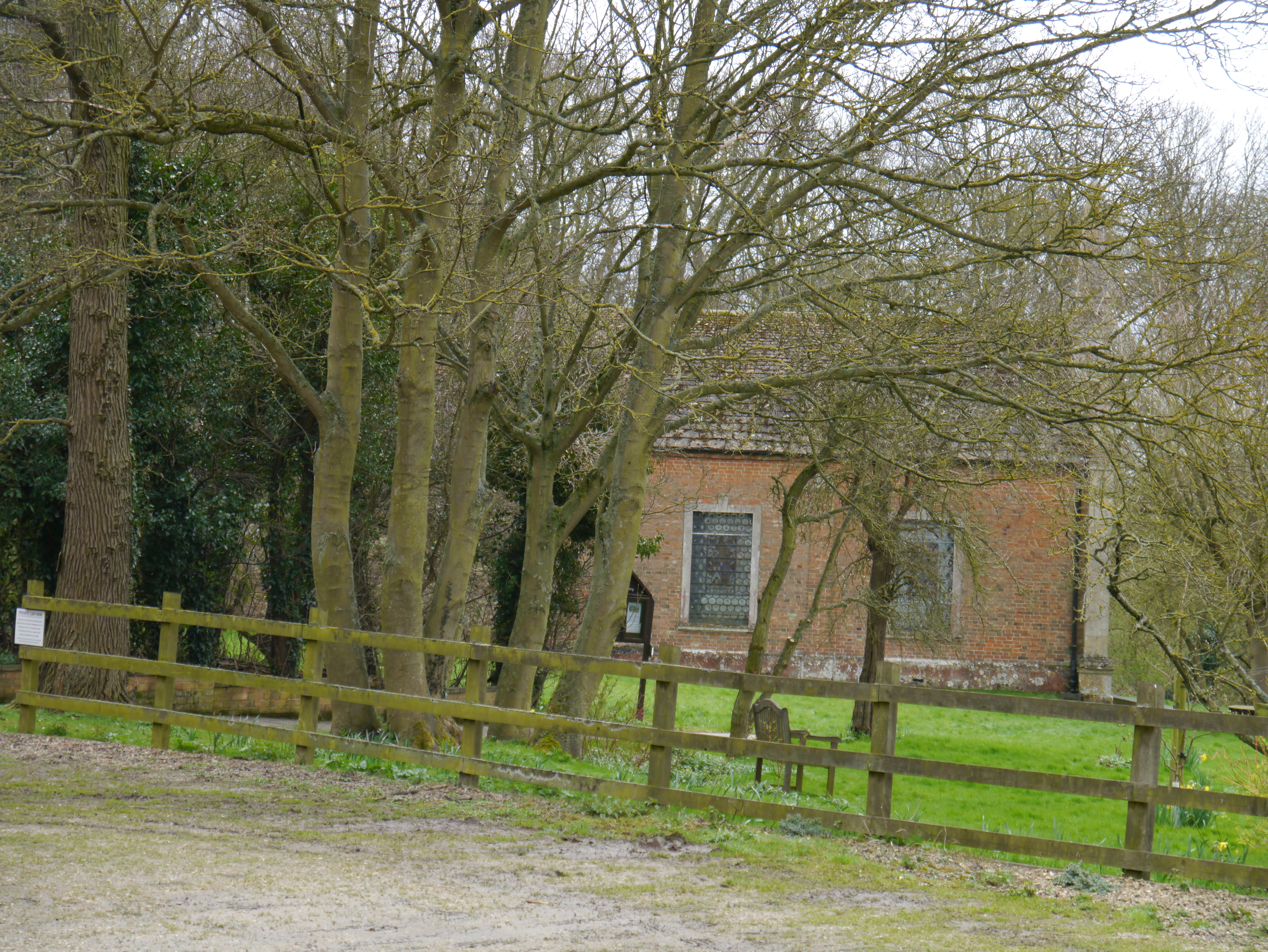Like many thrillers, Silence is Also a Lie has a secret at its heart. Zara knows something that she does not tell Ash. Like a spring in a clock, that secret powers the motion of the plot towards a moment of revelation and on through the consequences that flow from it.
So the secret gives the plot drive – but it also created the major technical challenge that I faced when writing the novel. I knew when I started writing that there would be a critical dramatic moment when Ash would learn the truth about what Zara knew. But that left me with two key questions. First, where in the novel should that moment come? And second, what should the reader know about Zara’s secrets before Ash learns them?
I got both those things badly wrong in early drafts.
Mistake one: I kept thinking of the revelation as the pivotal scene. It was the first scene that I’d written, as a piece of dialogue in a play-writing class (there’s more about this in my blog on Beginnings). Possibly because that evening of writing had been such an important moment for me, I kept on wanting it to have a central role in the finished novel. I hung onto the notion that it was the key dramatic moment of the story; the turning point of the plot, to be set at the midpoint.
Mistake two: I wanted my readers to learn the truth at the same time that Ash did. I had a fixed idea that my reader should go on the journey from confusion to understanding with him.
As I wrote, it became clear that these approaches were creating really big problems. Some of those were to do with balance and pace: trying to set the revelation scene at the midpoint made the build up to it too slow, and the aftermath too rushed. But the main difficulty was this. If the reader was only going to learn Zara’s secret at the same time as Ash, then Zara would have to remain mute until the moment of revelation: if I was writing from her point of view I couldn’t keep the secret hidden, because she wouldn’t hide it from herself… So the opening chapters could only be from Ash’s point of view and in his voice, and Zara could only be seen through his eyes. I wrote a version like this, and it simply didn’t work: it gave no sense of Zara as a character with motivation or agency; she came across as vague and passive, and the mystery surrounding her felt too intangible to be engaging. And although she did have her own voice in later chapters, it just felt too late: as if the moment for getting to know her had already been missed.
The break-through came in a conversation with a member of my writer’s group which went something like this
Me: I want the revelation scene to be the turning point of the novel.
S: Why?
Me: I want the reader to learn the truth at the same time as Ash.
S: Why?
That conversation enabled me to shift what I had thought were fixed parameters. And in the next draft, the book really gained momentum. The moment of revelation came earlier and as one of a number of critical moments which built the action, not as the pivot of the whole plot. And, crucially, writing chapters in Zara’s voice from the beginning brought her to life as an active character, wrestling with the awful dilemma of how to weigh safety against truth and making her own difficult decisions. From having been very passive in the first draft, she now emerged as the character whose actions really drove the plot.
What are the takeaway lessons for writers? One, obviously, is the importance of good writing comrades! – without that conversation I would have struggled to realise that this story could be told and paced in another and much better way. Two: be ready to challenge the things you’re profoundly attached to, that feel like fixed points. They might not be immutable! Three: in writing mystery, there’s a critical tension between revealing and concealing that needs to be finely balanced. What I learned here is that if a mystery is too undefined, and too impenetrable – if you just drop vague hints of something weird going on without giving it any definition – then it will end up being more frustrating than intriguing for your reader. So think about when you need to let them in on the secret.


